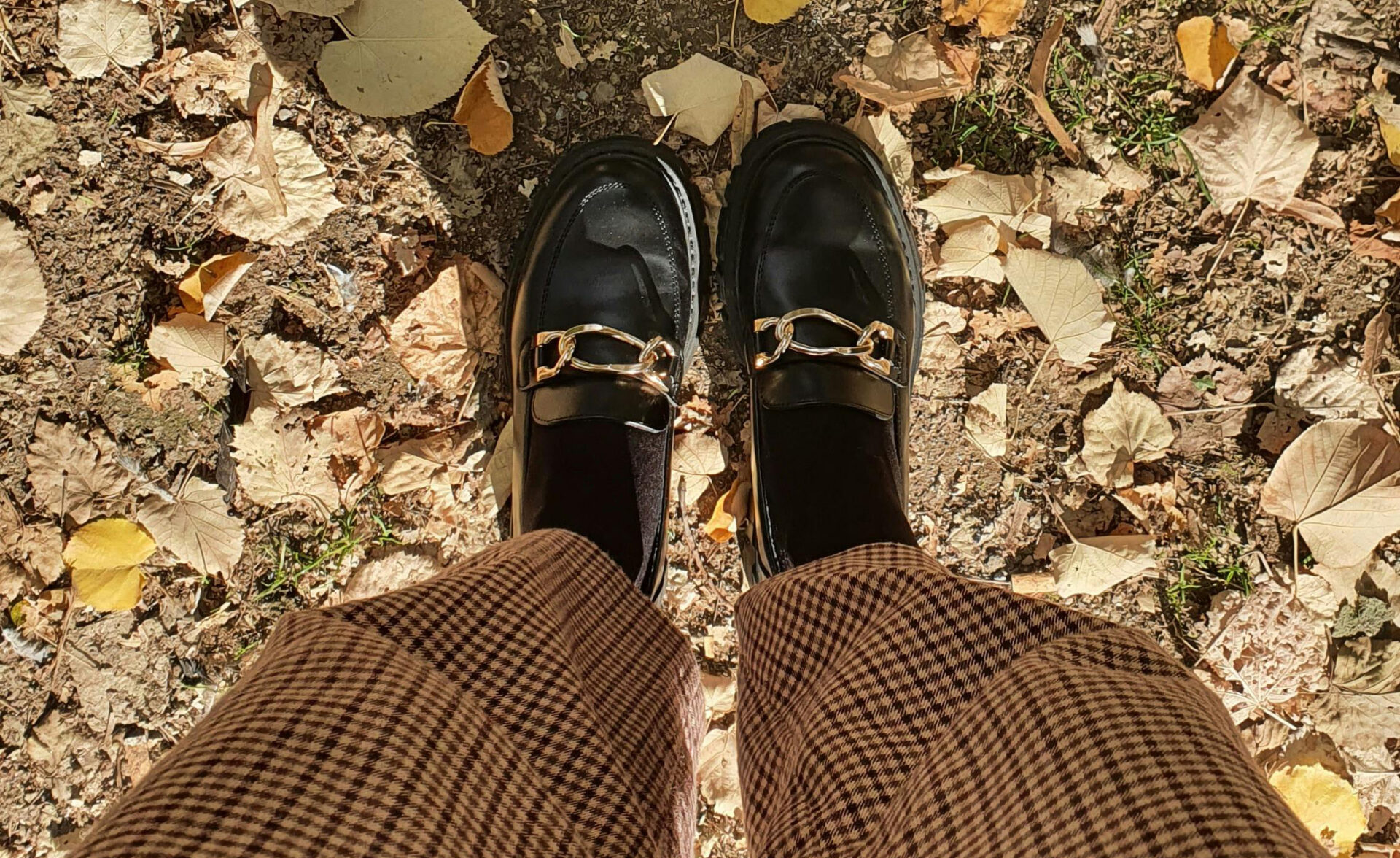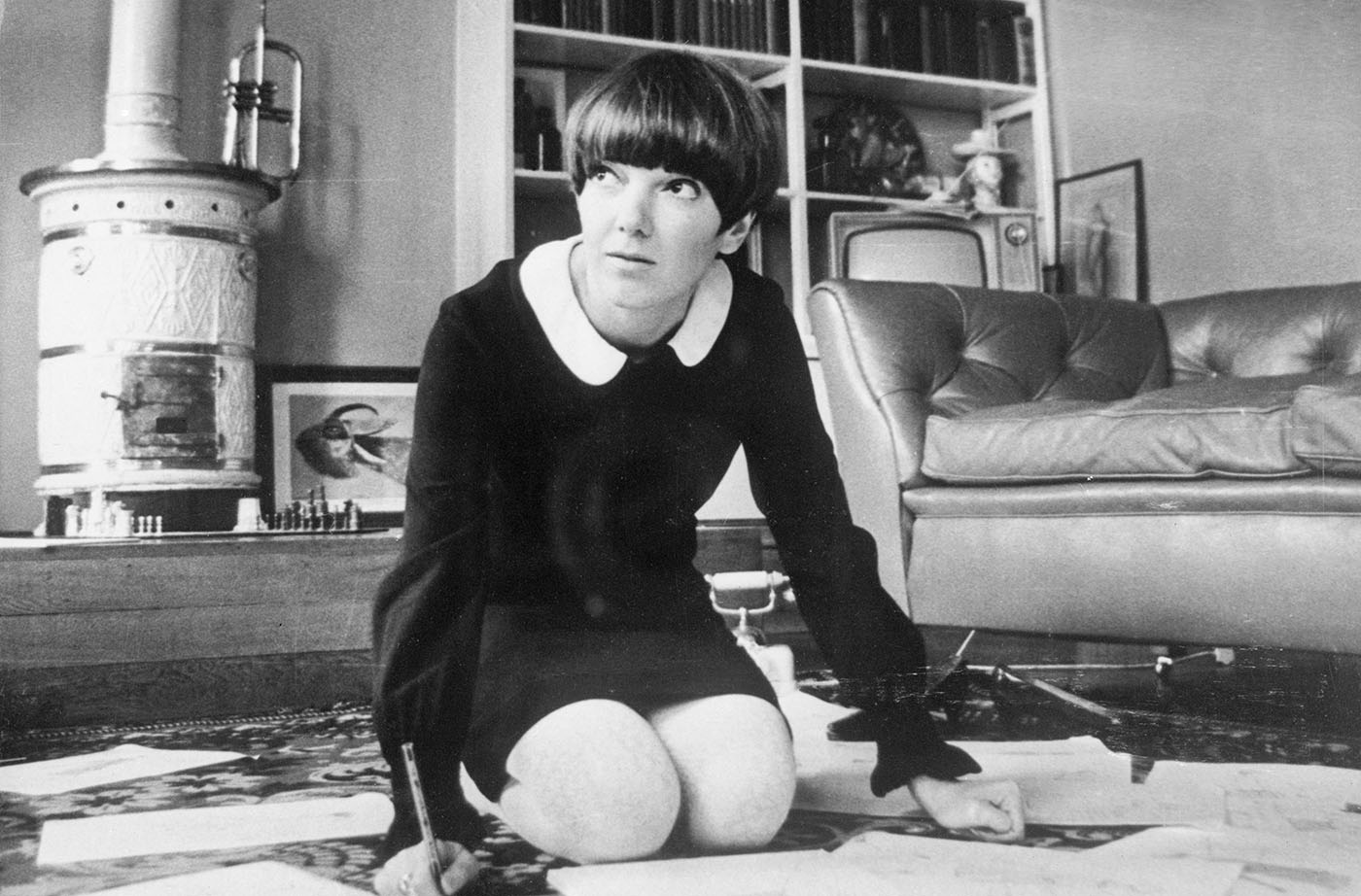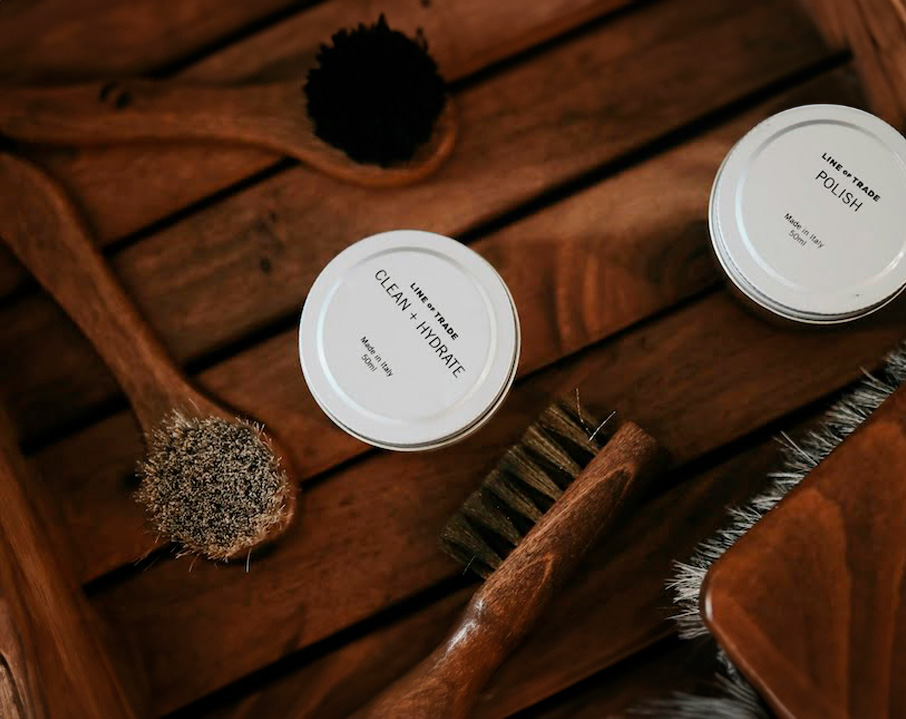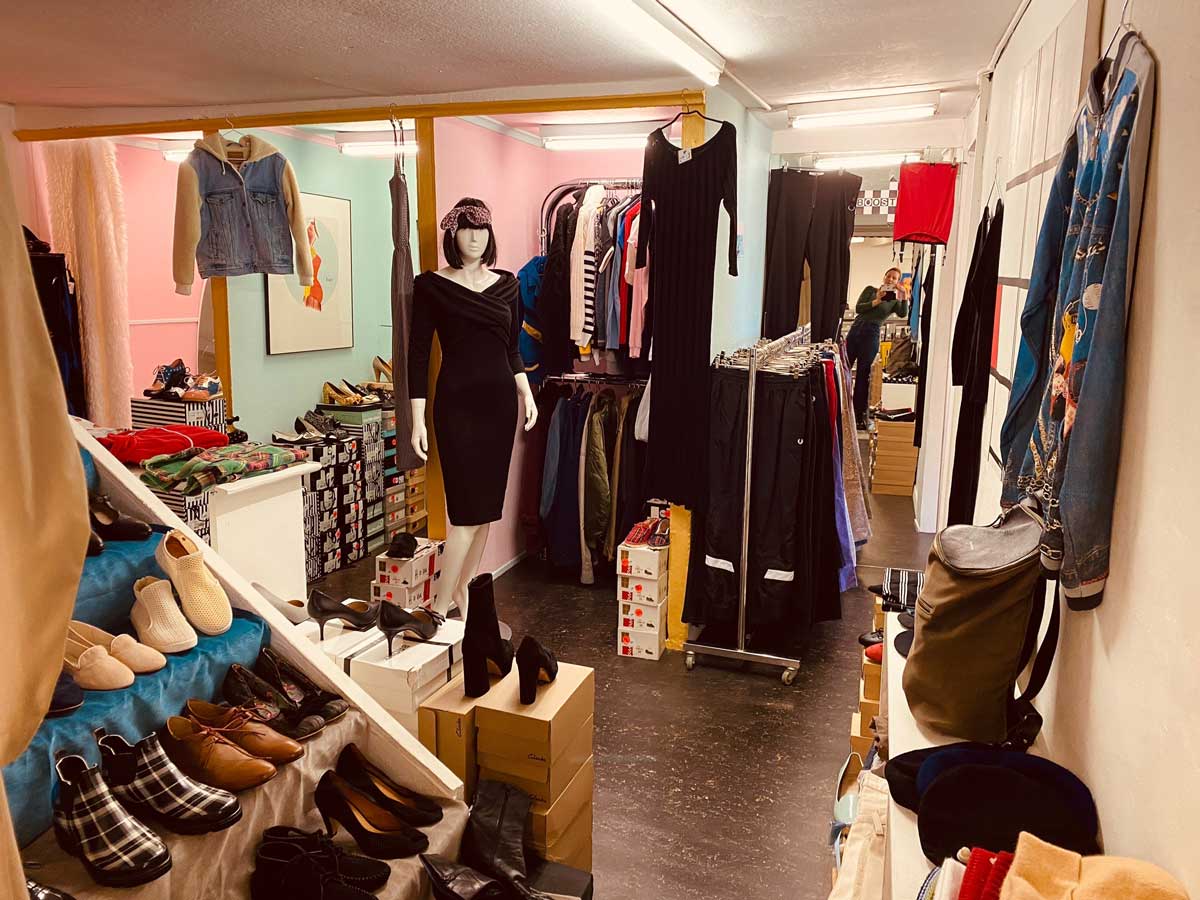
A short intro to the types of loafers
Loafers are a firm favourite in the world of fashion. With their versatile appeal and effortless elegance, they have found a permanent place in many people's shoe wardrobes over the years. In this section, we take a look at the different types of loafers, their characteristic features and historical origins.
Types of loafers and their characteristic features
Whether tassel, penny or horsebit, each type of loafer has its own unique characteristics. Tassel loafers are characterised by their decorative tassels, penny loafers have a distinctive strap over the instep and horsebit loafers are known for their metal buckle detail (often the typical Gucci design).
The historical origins and development of loafers
The history of loafers goes back a long way. Originally intended as a simple slipper, the loafer has evolved over the years to become a stylish part of modern footwear.
The unique contribution of loafers to the fashion world
From casual Fridays at the office to relaxed Sunday brunches, loafers have proven that they can be both formal and casual. They offer a perfect balance between comfort and style.
1st tassel loafer

Solovair Tassel Loafer
The Tassel loaferor in German, the Men's shoes with tasselsThe tassel shoe has its origins in the 1950s and has been an integral part of fashion ever since. This shoe is characterised by the small tassels on the front, which give it its name. As a rule, tassel loafers are slip-on shoes with a flat heel and thin sole.
Style counselling
Thanks to their classic look, tassel loafers go well with both formal and casual outfits:
- Formal: Combine your tassel loafers with a suit for a smart business look. A dark loafer goes well with a navy blue or charcoal grey suit.
- Casual: For a relaxed look, wear your loafers with chinos or jeans. A light brown or blue loafer looks great with light-coloured trousers and a casual shirt.
2. penny loafer

Vagabond Penny Loafer
Features and style advice for penny loafers
The Penny Loafera classic men's loafer with a strap and cut-out, is a shoe fashion icon. This shoe is characterised by the "penny slot" in the leather strap above the instep. This was originally used as a practical place to keep a small amount of money.
- Materials: Leather types such as calfskin or suede are popular.
- Colours: From black and brown to bolder colours such as burgundy red or navy blue.
- Soles: Vary from thin leather soles to thicker rubber soles for more durability.
Styling tips:
- Formal: Combine penny loafers with suits or fine chinos for the office or events.
- Casual: They go just as well with jeans or shorts for a relaxed look.
The timeless elegance of the penny loafer over time
Since its creation in the 1930s, the penny loafer has constantly evolved without losing its elegant lines and minimalist design. Its versatility makes it a favourite for any wardrobe.
Famous wearers of the penny loafer
Numerous icons, from film stars like James Dean to former presidents, have worn the penny loafer, cementing its status as a stylish must-have. Women like Audrey Hepburn have also elegantly styled this type of shoe, emphasising its unisex appeal.
3. horsebit loafer (Gucci Loafers)

Vagabond Horsebit Loafer
Introduced in the 1950s, the Horsebit loafer a luxurious side to the loafer style. Made famous by designer brands such as Guccithis loafer style is characterised by a striking metal design element - the Horsebit or horse bit.
Characterised by its smooth leather construction and the distinctive metal piece above the vamp, the horsebit loafer offers a unique blend of casual and formal. It is available in classic colours such as brown or black as well as in more modern variations with colourful metal details and elaborate embroidery.
Other types of loafers
Aside from tassel, penny and horsebit loafers, there are a variety of other styles that bring just as much charm and style to men's fashion. Two such styles are the Kiltie loafer and the Boot Loafer.
The Kiltie loafer originally comes from Scotland and is characterised by its distinctive fringing - also known as a "kiltie". These fringes are usually made of leather or suede and give the shoe a unique and unmistakable look. Despite its Scottish roots, the kiltie loafer has found its way into international fashion and is now available in many different colours, materials and designs.
Another interesting style is the Boot Loafera combination of boat shoe and loafer. This type of shoe combines the casual elegance of a boat shoe with the comfort and convenience of a loafer. It is ideal for outdoor leisure activities or for any occasion where a relaxed but stylish look is required.
The versatility of these different types of loafers shows once again how flexible and changeable the world of men's shoes can be. From formal to casual, from traditional to modern - there is a loafer for every taste and every occasion.
The importance of craftsmanship for loafers
Loafers are not only a fashion statement, but also a testimony to European craftsmanship. The quality of loafers is closely linked to the traditional shoemaking skills used in their production. Here are some reasons why the craftsmanship of loafers is so important:
Precision and attention to detail
The craft of shoemaking requires a high degree of precision and attention to detail. From the selection of materials to the assembly of individual components, every step must be carried out carefully to ensure a high-quality end product.
Handmade uniqueness
In contrast to mass production, loafers are made by hand. Each pair is unique and demonstrates the craftsmanship of the shoemaker. This handmade uniqueness gives the loafers a special charm and value.
Durability and comfort
By using high-quality materials and careful craftsmanship, handmade loafers are often more durable and comfortable than their machine-made counterparts. The shoemakers place great importance on fit, cushioning and sole construction to ensure maximum comfort for the wearer.
Preservation of traditional techniques
The traditional craft of shoemaking has a long history and is part of our cultural heritage. By purchasing handmade loafers, you support the preservation of these traditional techniques and contribute to the continuation of the craft.
It is important to note that the quality of loafers depends not only on the shoemaker's craftsmanship, but also on the choice of high-quality materials and the care taken at every step of the manufacturing process. By opting for handmade loafers, you can be sure that you are purchasing a product of the highest quality that is both stylish and durable.
Tips for choosing and caring for loafers
When buying loafers, there are some important factors to consider to ensure you find the right pair for your style and comfort. Here are some tips to help you make the right choice:
1. materials
Choose high-quality materials such as leather or suede to ensure your loafers are durable and comfortable.
2. fit
The right fit is crucial for the comfort of your loafers. Make sure that your toes have enough room and that the shoe is not too tight on the back of your foot but does not slip off either.
3. style
Choose a style that suits your personal taste and style of dress. Tassel loafers, for example, are more formal, while penny loafers are more versatile and can be worn with both formal and casual outfits.
Once you've found your perfect loafers, it's important to look after them properly to prolong their life. Here are some care tips:
1. cleaning
Regularly remove dust and dirt from your loafers with a soft brush or cloth. If necessary, also use special cleaning products for leather or suede.
2. impregnation & leather wax
Protect your loafers from moisture by treating them regularly with a waterproofing spray. This helps to repel stains and water marks. Use leather wax to nourish the leather.
3. shoe tree
Use shoe trees to maintain the shape of your loafers and prevent creasing. This is particularly important if you do not wear your loafers for a long time.
4. storage
Store your loafers in a clean and well-ventilated area to prevent mould growth. Avoid direct sunlight or heat sources, as these can damage the leather.
By following these tips for choosing and caring for loafers, you can ensure that your loafers are both stylish and durable and will last you a long time. So let's get started - find your perfect pair and rock the loafer look!
You can find more tips on caring for leather shoes here!
You can find our range of loafer shoes here!












